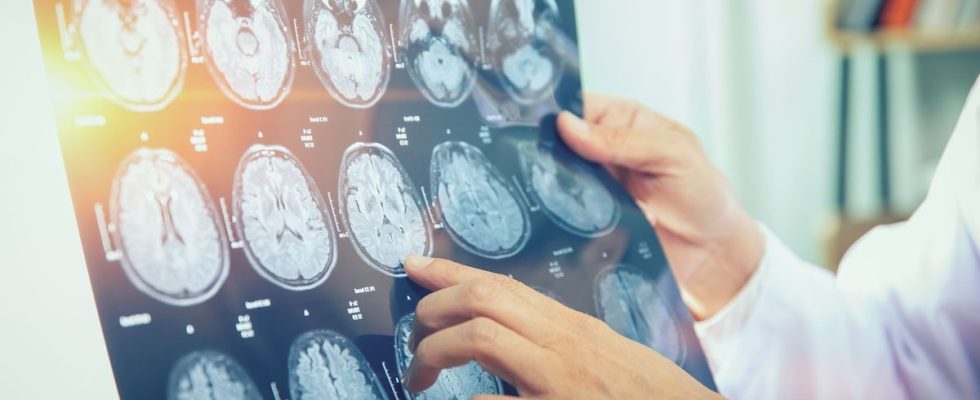Published on
Updated
Reading 2 mins.
A recent study on fibromyalgia revealed several facts: pain management at the brain level in patients is altered, but these changes may be reversible. Hope in the face of this still mysterious disease.
Fibromyalgia is a chronic condition that affects between 1.5 and 2% of the French population but which still remains quite mysterious. It is characterized by persistent diffuse pain and sensitivity to pressure often associated with intense fatigue, sleep disturbances. A difficult condition to live with on a daily basis for people who suffer from it, mostly women. To date, the cause of this affection is not known, but new studies allow to draw little by little its mechanism. This is the case of a new study published in the journal Arthritis Research & Therapy which announces that the pain felt would directly modify certain areas of the brain.
A different treatment of pain in people with
The research team therefore analyzed magnetic resonance imaging data from 23 patients with fibromyalgia and 21 healthy control subjects. They wanted to look at the volume of gray matter, or nerve cells, in various areas of the brain that process pain, and the so-called white matter, which is mainly made up of the fiber connections between the nerve cells through which signals are transmitted. Their analysis revealed two hitherto unknown features:
- People with fibromyalgia would have changes in gray matter volume (a noticeable decrease) primarily in the pain network of the brain, i.e. in the regions responsible for processing and evaluating pain. pain ;
- Regarding signal transmission, changes were also found in the thalamus. The thalamus is considered an important node in the neural processing of pain. White matter deviations in fibromyalgia patients compared to healthy controls indicate impaired conduction of pain signals in fibromyalgia patients.
Behavior can also affect pain
To gain further understanding, the team wanted to associate these structural changes in the brain with the perception and behavior characteristics of the different participants in the study. Thus, she analyzed the correlation between the tendency to depression or physical exercise with the change in volume of certain areas of the brain. Here again, the learning is interesting: the depressive symptoms seem to accentuate the modifications, but the level of activity can on the contrary positively influence them.
“This indicates that changes in the brain may not be permanent, but they can be influenced; in other words, they could be reversible, for example by an active daily life”, concludes Benjamin Mosch, first author of the study in question.
